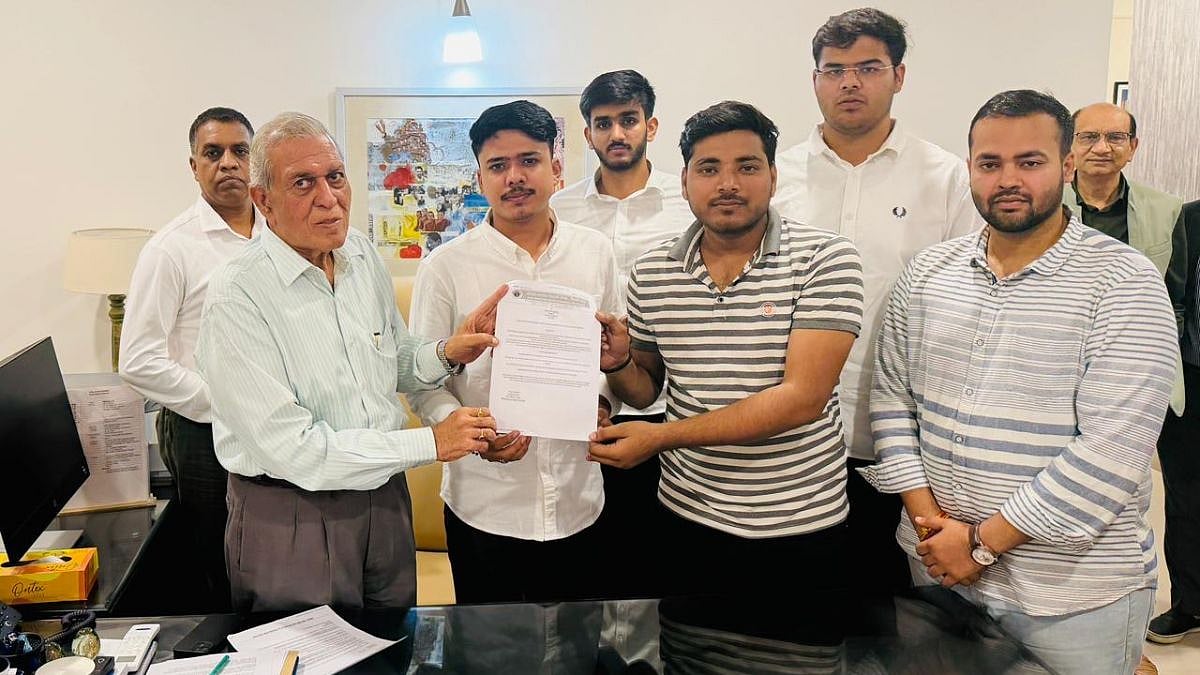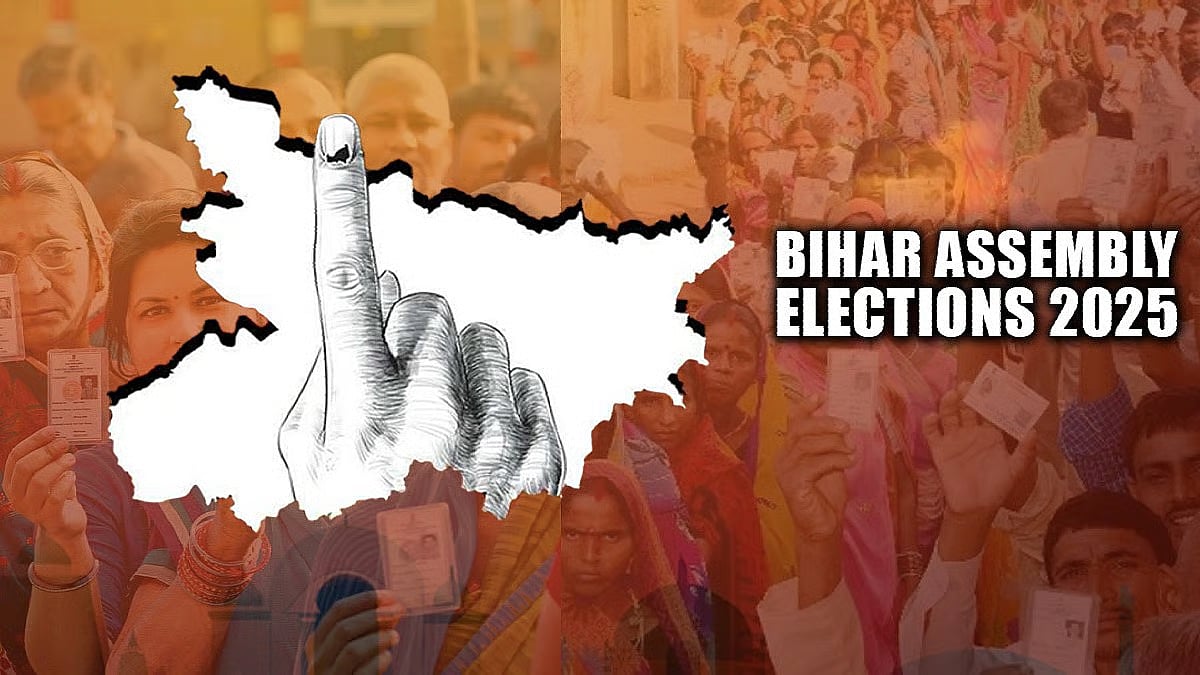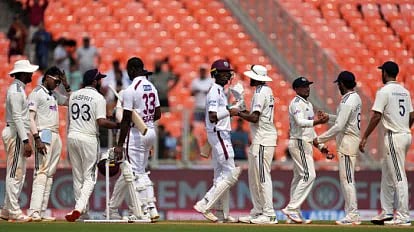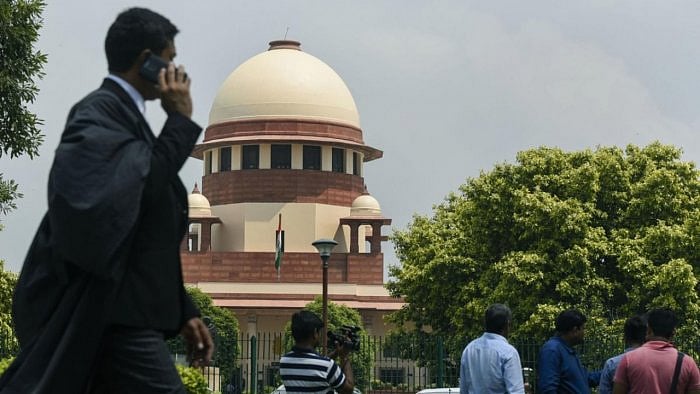mardoñ ke liye har zulm ravā aurat ke liye ronā bhī ḳhatā
mardoñ ke liye har aish kā haq aurat ke liye jiinā bhī sazā
mardoñ ke liye lākhoñ sejeñ, aurat ke liye bas ek chitā
aurat ne janam diyā mardoñ ko mardoñ ne use bāzār diyā
(While crying is a sin for woman, all tyranny by men is justified… all pleasures are the right of men, while even living is retribution for a woman… men have right to many beds of desire, women have just the pyre… a woman gave birth to men, who sold her in the flesh market…)
I have always felt that only a man who wrote this was destined to be born on Women’s Day, March 8 — Sahir Ludhianvi. A poet whose revolutionary poetry about women always had taken a bow, even when feminism was not the talk of the town. It was 54 years after his birth that the date was declared by UN as International Women's Day to commemorate women of the world and their rights.
His anguish is often attributed to his disturbed childhood as his mother was tormented by his father. He was attached to his mother till her last breath, and, if his friends are to be believed, in almost a fanatical way.
The torture that he witnessed at a young age also made him sensitive to wrongs in society. He was troubled by the way women were maltreated. He often questioned the torchbearers and leaders about that through his poetry.
He wrote:
madad chāhtī hai ye havvā kī beTī
yashodhā kī ham-jins rādhā kī beTī
payambar kī ummat zuleḳhā kī beTī
sanā-ḳhvān-e-taqdīs-e-mashriq kahāñ haiñ
bulāo ḳhudāyān-e-dīñ ko bulāo
ye kūche ye galiyāñ ye manzar dikhāo
sanā-ḳhvān-e-taqdīs-e-mashriq ko laao
sanā-ḳhvān-e-taqdīs-e-mashriq kahāñ haiñ
(Daughters of every religion are asking for help, call the Gods of all religion, show them the plight of these women, call those who pray to him and claim to be close to him…)
This ghazal was used later by Guru Dutt in Pyasa with just one change – the refrain was ‘jinhe naaz hai hind par woh kahan hai…’ instead of ‘sanā-ḳhvān-e-taqdīs-e-mashriq kahāñ haiñ’ which directly questioned the leaders.
Sahir was a true patriot. He was expelled from his college because of the stand he took against the British officer who attended the College Day function. He wrote to venerate the freedom struggle and penned lines that showed the hope and expectations he had from free India.
He wrote:
mulk kī vādiyāñ ghāTiyāñ khetiyāñ
aurteñ bachchiyāñ
haath phailā.e ḳhairāt kī muntazir haiñ
in ko amn aur tahzīb kī bhiik do
maaoñ ko un ke hoñToñ kī shādābiyāñ
nanhe bachchoñ ko un kī ḳhushī baḳhsh do
(The country’s women, girls, fields and valleys are begging with hope for peace and harmony, grant the mothers the happiness and their children the joy)
If you notice, he talks again about the future of women and children post Independence here.
He was upset with the continuous situation of war between Hindustan and Pakistan. He wrote the popular nazm Aye Sharif Insaanon condemning the war. He urged that war is not the solution:
jañg to ḳhud hī ek mas.ala hai
jañg kyā mas.aloñ kā hal degī
aag aur ḳhuun aaj baḳhshegī
bhuuk aur ehtiyāj kal degī
(War is a problem in itself, not a solution… it will give fire and blood today, hunger and poverty tomorrow)
His grief about the war and fear of the Third World War was depicted in his famous Long Poem (maha kavya) – Parchhaayiaan. It used the analogy of two lovers and the war and its rampage. The refrain used - tasavvurāt kī parchhā.iyāñ ubhartī haiñ - envisages the shadows of fantasies, hopes and ideas.
The entire poem switches gear from romance and destruction by war. At almost the end of the poem, he goes on to mention that with all the obliteration around, romance will suffer… and all that remains will be memories in the form of shadows.
har ek gaam pe bad-nāmiyoñ kā jamghaT hai
har ek moḌ pe rusvā.iyoñ ke mele haiñ
na dostī na takalluf na dilbarī na ḳhulūs
kisī kā koī nahīñ aaj sab akele haiñ
tasavvurāt kī parchhā.iyāñ ubhartī haiñ
One is forced to admit that Sahir was driven by pain when it came to his poetry – be it of the women or society at large. He wrote about woe, bereavement and unhappiness more often than happiness. And to quote him:
duniyā ne tajrabāt o havādis kī shakl meñ
jo kuchh mujhe diyā hai vo lauTā rahā huuñ maiñ
(I’m just giving back what the world gave me in the form of experience)
Agreed, it was the pain he saw in his mother’s eyes that made him question every man for the agony of women at large. But the ache that stayed with him was the heartache his girlfriends left him with.
It’s said that Sahir had four girlfriends. Two of them from his college days; out of them one died and the other married someone else. The more known affairs were with Amrita Pritam and Sudha Malhotra; both after he became famous – as a poet and as a lyricist.
It is a mystery why he didn’t have a successful love life. It is almost as if he loved but visualised a breakup right at the beginning of a relationship. Almost as if passion for him was a form of the angst of craving for each other. He, somewhere, fell in love with his failure as a lover… or was it the fear of not being a good partner that failed him due to the manifestation? Difficult to say. Because he himself said:
Sochta hoon mohabbat se kinara kar loon
Dil ko begaanaye-targibo-tamanna kar loon
(I’m thinking of going away from love, and alienating the heart from all desires)
This kind of indicates that he was, probably, running away from love. Why? Was it because of his Oedipus complex? Or because of his earlier failures? Or was it because he thought Sudha Malhotra didn’t have the guts to marry him and he felt used at the end of the relationship?
Whatever the reason… he did thrive on the ache given to him by the world. But everyone could and can relate to the pain in his words. They did it then, and they do it today. The questions that he raised were valid then and are valid today.
He remains a poet of all seasons, relevant in all eras, even four decades after his death.
Shruti Pandit is Consulting Editor, Features, The Free Press Journal










